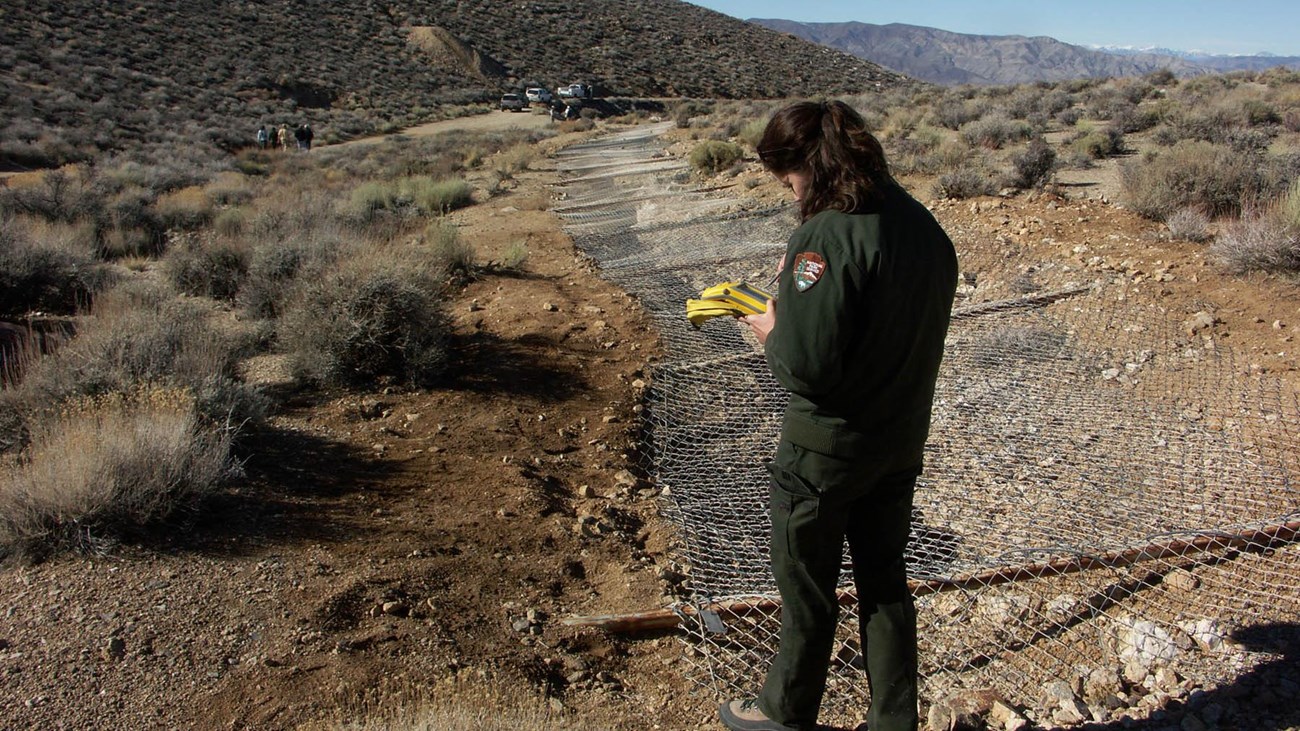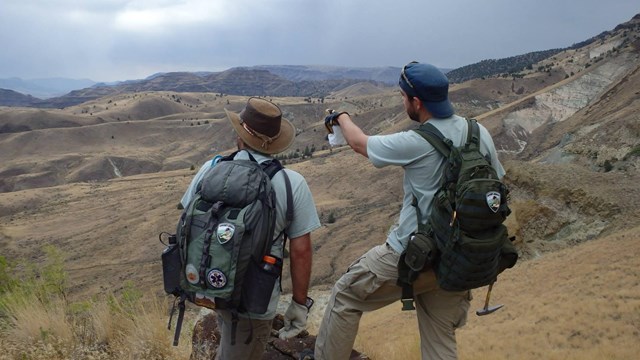A Legacy of Our Search for Mineral Wealth
There are approximately 38,000 Abandoned Mineral Lands (AML) features in park areas across the National Park System. Abandoned mineral lands (AML) are lands, waters, and surrounding watersheds that contain facilities, structures, and disturbances associated with past mineral exploration, extraction, processing, and transportation, including oil and gas features and operations, for which the NPS takes action under various authorities to mitigate, reclaim, or restore in order to reduce safety hazards and resource impacts.
Commodities extracted from these lands included precious and base metals such as gold, silver, platinum, lead, copper, and zinc; industrial minerals such as clays, limestone, borates, and talc; energy resources including uranium, geothermal, coal, oil, and gas; building stone; and aggregate materials such as sand and gravel.
Abandoned mineral sites and features are remnants of a time when operators were not required by federal or state laws and regulations to perform reclamation. Deserted, these sites stand in silent testimony to those who pioneered this country in search of wealth and raw materials to support the developing nation. They are also a dangerous reminder that many of those pioneers moved on without reclaiming or restoring the sites they left behind. Now, reclamation is required by agency regulations that implement federal and state laws.



